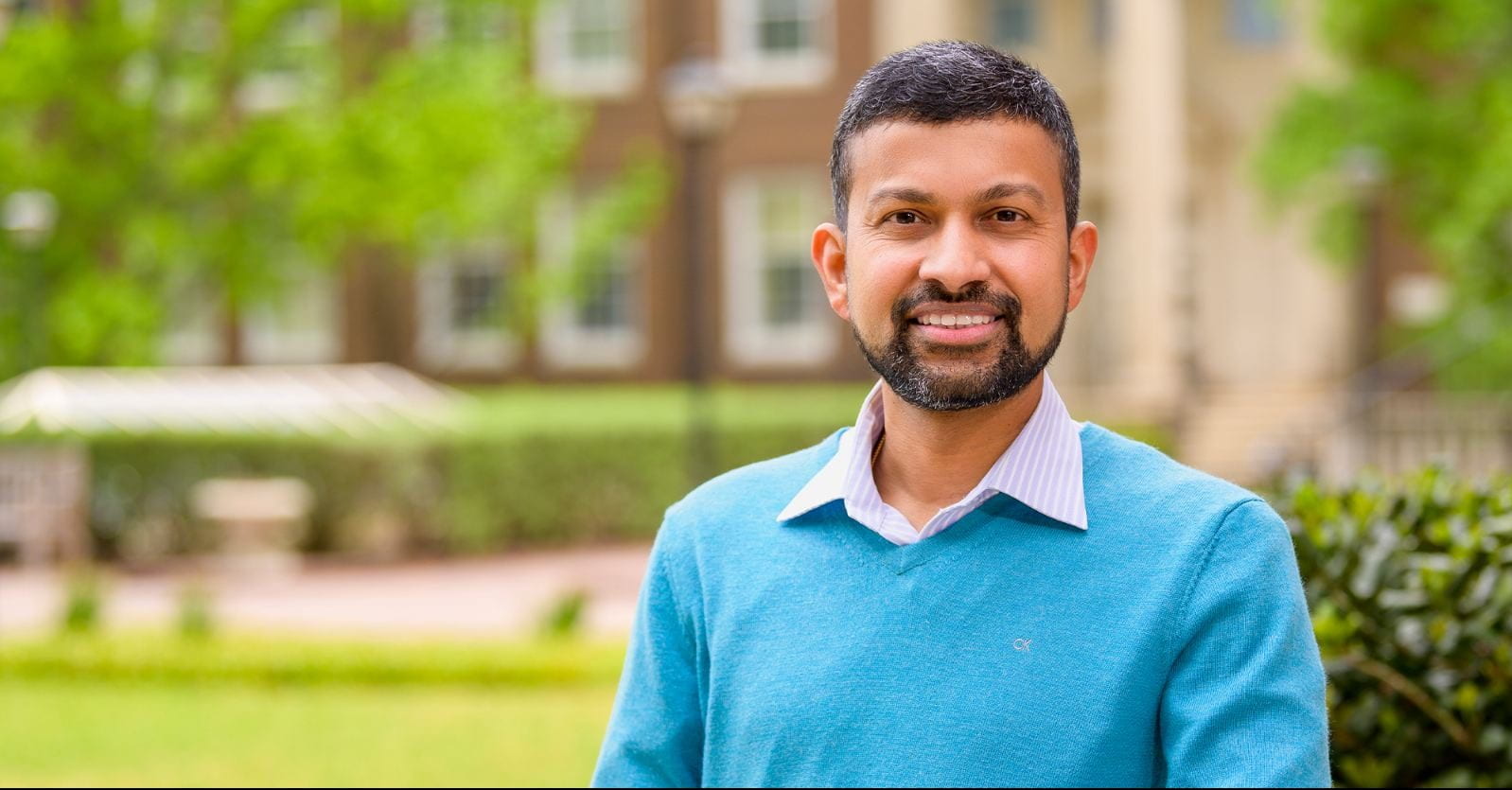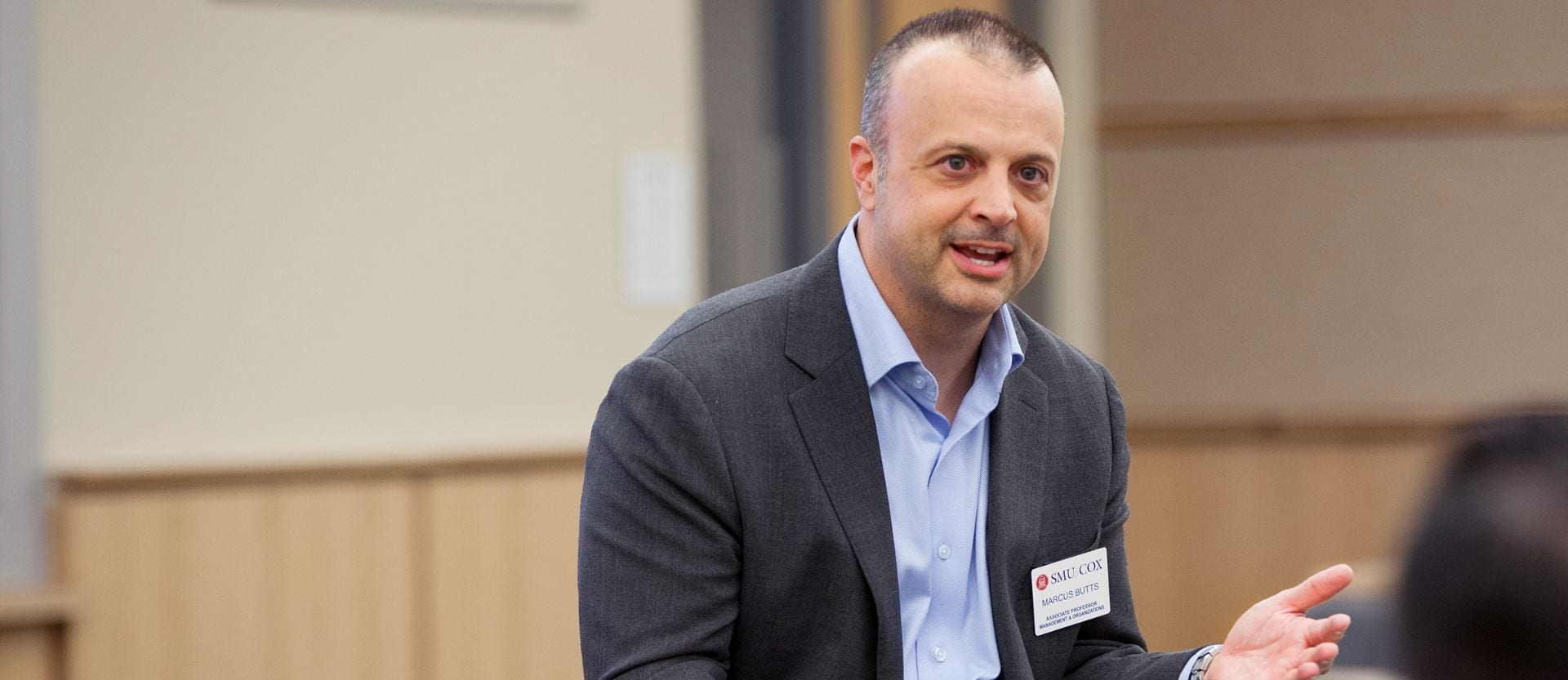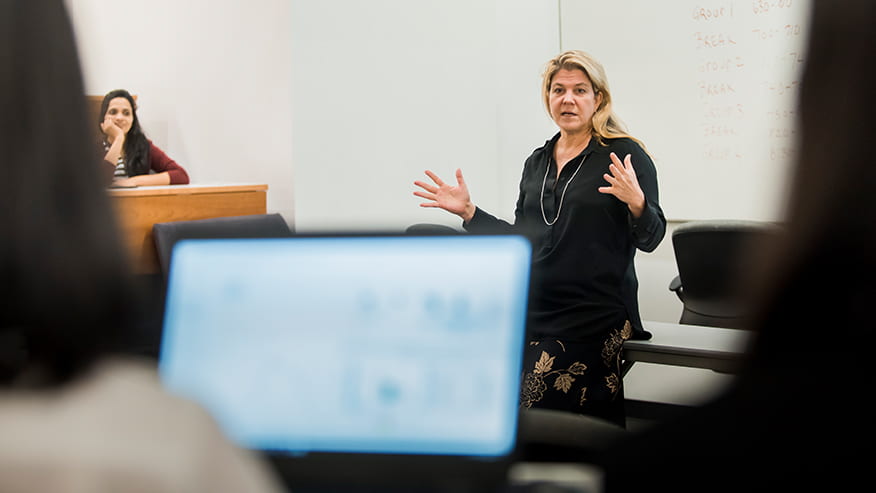Vishal Ahuja is on a mission to reduce health care spending by applying business practices, grounded in operations management and analytics principles, to the health care world. An associate professor of information technology and operations management (ITOM) at SMU Cox and an adjunct professor of clinical sciences at UT Southwestern Medical Center, Ahuja leans on his years of experience in the corporate world to apply principles of operations management and data analytics to local health care data and improve patient outcomes and efficiency of care.
ITOM involves the systematic planning, control and improvement of business processes, often through the use of data analytics. For Ahuja, that means working with health care providers to gain access to patient data and using algorithms to predict outcomes and prevent negative ones. His research focuses on patients with diabetes, especially veterans, who suffer disproportionately from this disease. Addressing diseases before patients land in the hospital can significantly reduce health care spending.
Predict and Prevent
Between 1998 and 2018, health care expenditures in the U.S. more than tripled, from $1.2 billion to more than $3.6 billion, representing more than 17% of the U.S. GDP, or $11,172 per person, according to the Bureau of Labor Statistics. That trajectory is unsustainable, and entities that pay for that health care are always looking to reduce spending. Diabetes and pre-diabetes affect more than 40% of the U.S. population, costing the country $237 billion.
Ahuja collaborates with providers at Parkland Hospital, where his team has created a statistical model to predict diabetes in patients before they have symptoms. This information helps patients make life changes and receive treatment that can head off the illness before it has a more significant impact. “These institutions are publicly funded, which means your tax dollars go toward funding them. So, we should all care about effective utilization of our tax dollars,” Ahuja says, “and how they are being used to improve patient health.”
Corporate Connection
Ahuja brings more than seven years of experience in the chemical, manufacturing and consumer goods industries to the classroom. As in many corporate positions, the push for delivery to clients can prevent one from thinking about projects beyond the here and now. “I enjoyed taking a long-term view and developing high-impact ideas even when I was in the industry,” he says. “And that often conflicted with the day-to-day responsibilities. It got to the point where going back to school made the most sense.”
Communicating corporate ideas and data analytics to a sometimes slow-adapting industry isn’t always easy. Physicians and health care administrators often don’t have the bandwidth to develop new systems or even incorporate a new way of thinking, because their focus is on patient care, Ahuja says. “There is always this battle between how much time they spend taking care of the patient or providing care versus how much time they should focus on figuring out where the inefficiencies are, and what should they do to change that.”
Practice and Theory
Ahuja appreciates the flexibility he has to conduct research at Cox and what his students bring to the classroom. “Teaching is a learning opportunity for me; it helps me think deeper and refine my thought process,” he says. In the business school, he teaches multiple courses to MBA students, many of whom have been in the workplace for years and bring life experience that add to his own knowledge.
Ahuja’s work at Cox allows him to balance between practice and theory. Researchers are often caught between a desire to impact the real world and the need to contribute to the field’s intellectual rigor. The intersection between business and education in North Texas has provided fertile ground for Ahuja, offering the ability to connect with practitioners frequently. “Being able to develop a network with health care experts is certainly a plus, and SMU gives me that luxury.”
It’s a crucial luxury that is changing lives.









